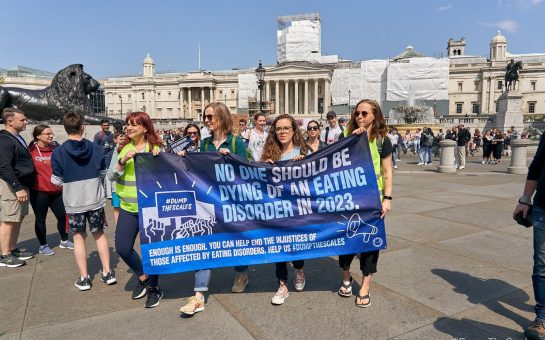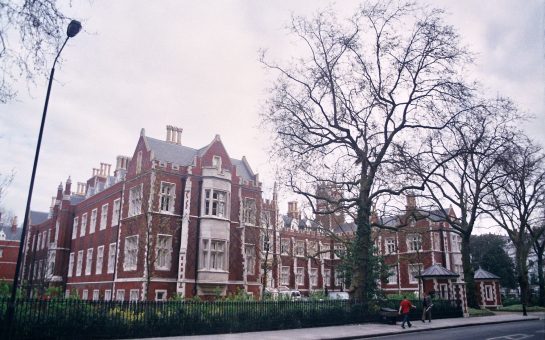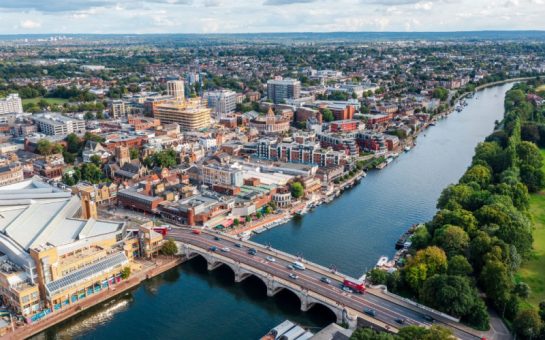A new report reveals that babies born in Kingston are twice as likely to live to celebrate their first birthday as those born in Southwark.

Babies born in Kingston are twice as likely to live to celebrate their first birthday as those born in Southwark, a newly published report reveals.
London’s Poverty Profile 2011, an annual report conducted by the New Policy Institute, uses a range of poverty and inequality indicators to compare London boroughs with each other and the rest of the UK.
Kingston was ranked as one of the capital’s sixteen best boroughs for low levels of infant mortality whilst Southwark was amongst the four worst.
Kingston’s rate of infant mortality is 2.9 per 1000, according to NHS figures in 2010, which far exceeds the national average of 4.9 per 1000.
But in Southwark 6.4 infants in 1000 die before their first birthday.
Councillor Patricia Bamford, who is also Kingston’s Executive Member for Safeguarding and Children First, said: “It is unsurprising but welcome news that Kingston’s infant mortality rate is amongst the best in London”.
She explained that reasons for this include the high level of registration with GPs, Kingston’s generally good health profile, good provision of education and information, high take-up of infant immunisation and low rate of teenage pregnancies in comparison to the number of mature mothers.
She added: “Whilst there are pockets of deprivation, work takes place through early intervention programmes to engage with targeted groups requiring support to improve outcomes.”
Rachel Takens-Milne, Grants Manager at Trust for London which published the profile, said infant mortality data doesn’t follow the same pattern as other indicators of poverty.
She said: “To be frank it’s a bit of a puzzle. The places that are the least deprived like Kingston and Richmond have a correspondence between high wealth and low infant mortality but there is no consistency at the other end of the scale.”
She added: “The east and outer east is where the problems are but it is a different picture for infant mortality.”
Some of the most deprived London boroughs do not have high infant mortality levels.
London’s Poverty Profile 2011 ranked Tower Hamlets amongst the worst four London boroughs for unemployment and child poverty but it performed better than average for infant mortality.
“Infant mortality is not directly related to wealth,” Ms Takens-Milne added.
She said other factors influencing infant mortality include the availability of health services and health promotion for mothers and babies.
Rosalind Bragg, director of Maternity Action (http://www.maternityaction.org.uk/), a charity which promotes the health and well-being of pregnant women and young children, explained that smoking or drinking during pregnancy, obesity levels and the age of the mother also affect infant mortality.
She said: “Infant mortality rates in the UK are quite low compared to international standards.”
But she said there are still worrying differences between social groups and infant mortality is seven times higher in some places than others.
She added that the government targets the 19%-above-average infant mortality rates of social groups in which fathers have low-skilled manual or routine jobs.
“It is important to raise families above the poverty threshold,” Ms Bragg added.
“We are very concerned that the government cuts agenda will impact on the incomes of low and middle income families and reduce access to important support services. The needs of pregnant women and new families should be a priority for the government.”
Maternity Action focuses on the social conditions of women during their childbearing years, including income levels, housing and access to employment.
Ms Bragg said: “I think the work we do to improve the life of women has a direct affect on infant mortality rates and enables women to maintain or improve their income and to address every day problems and increase their health and their baby’s.”
Published on October 20, the London Poverty Profile 2011 revealed significant inequality across the capital using 21 indicators of poverty including housing, work, health and employment.
Overall Kingston was placed amongst the 16 best London boroughs in 17 out of 21 indicators.
But Kingston is one of the four worst London boroughs for overcrowded schools, alongside Bromley, Sutton and Redbridge. More than 44% of primary schools in Kingston have no spare places.




